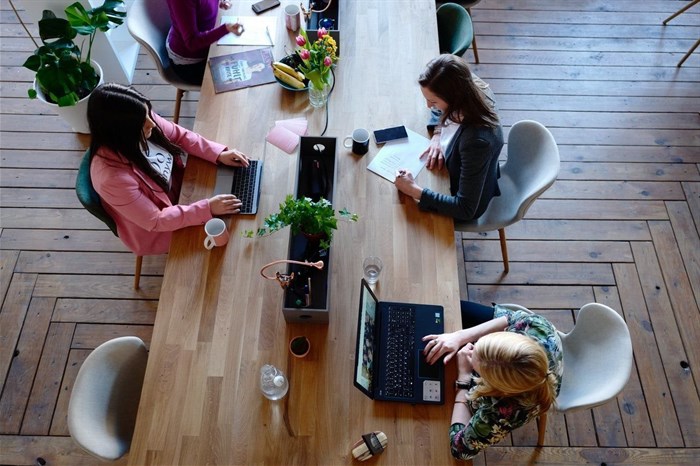6 mistakes to avoid when designing your workspace

“However, there are a number of common mistakes that businesses make when designing their workspaces,” says Linda Trim, director at workplace design consultancy, Giant Leap.
Here are some of the biggest mistakes to avoid:
- Not considering employee needs. "The most important factor in workspace design is to consider the needs of the employees who will be using it," says Trim. "This includes factors such as their work style, preferences, and health concerns. For example, if you have employees who need to focus on detailed work, you'll want to provide them with a quiet workspace with limited distractions."
- Embracing a one-size-fits-all approach. Not all employees are the same, so it's important to avoid a one-size-fits-all approach to workspace design. Instead, create a variety of workspaces that can accommodate different work styles and needs. This could include private offices, open workstations, collaborative spaces, and break areas.
- Neglecting ergonomics. Ergonomics is the study of how people interact with their environment, and it's important to consider ergonomics when designing a workspace. This includes factors such as the height of the furniture, the amount of space, and the lighting. “By taking ergonomics into account, you can help to prevent injuries and improve employee comfort,” notes Trim.
- Ignoring the importance of natural light. Natural light has been shown to have a number of benefits for both physical and mental health. It can help to improve mood, productivity, and sleep quality. So, whenever possible, try to incorporate natural light into your workspace design.
- Not investing in quality furniture. “Furniture is an important part of any workspace, so it's important to invest in quality pieces that will last. Cheap furniture is often uncomfortable and can lead to health problems,” says Trim. “So, it's worth spending a little extra money to get furniture that will support your employees and help them to be productive.”
- Failing to update the design regularly. Workspaces should be updated regularly to reflect the changing needs of the employees and the company. This could involve changes to the layout, the furniture, or the technology. By keeping the design fresh, you can help to improve employee morale and productivity.
“By avoiding these common mistakes, you can create a workspace that is both functional and comfortable for your employees. This will help to improve their productivity, health, and well-being,” Trim adds.
[https://www.bizcommunity.com/Article/196/610/232212.html | embed]]In addition to the mistakes listed above, there are a few other things to keep in mind when designing a workspace:
- Consider the company culture. The workspace should reflect the company culture and values. “For example, a creative company might want a more open and collaborative workspace, while a traditional company might prefer a more formal and structured environment,” Trim explains.
- Think about the future. When designing a workspace, it's important to think about the future. This includes factors such as the company's growth plans and the changing needs of the employees. By planning ahead, you can avoid having to make major changes to the workspace in the future.
- Get feedback from employees. The best way to create a workspace that employees love is to get their feedback. This could involve surveys, interviews, or focus groups. “By listening to what employees have to say, you can create a workspace that meets their needs and helps them to be successful,.
“By following these tips, you can avoid the biggest mistakes in workspace design and create a space that is both productive and comfortable for your employees,” Trim concludes.

























